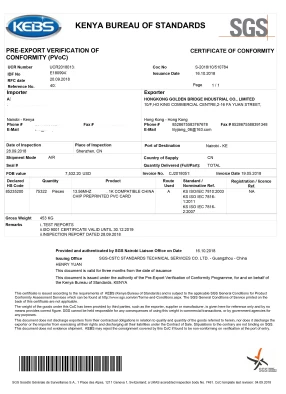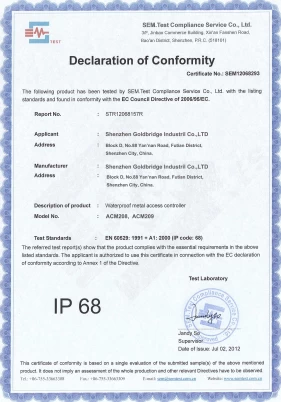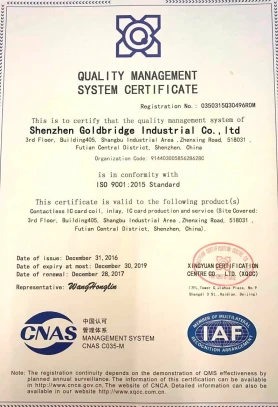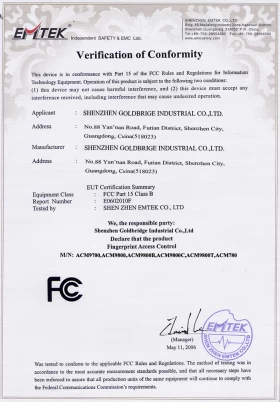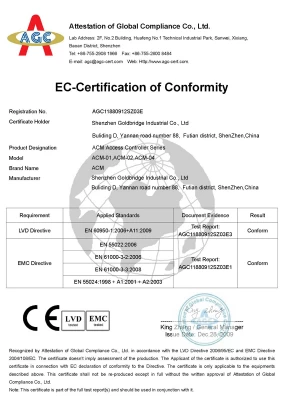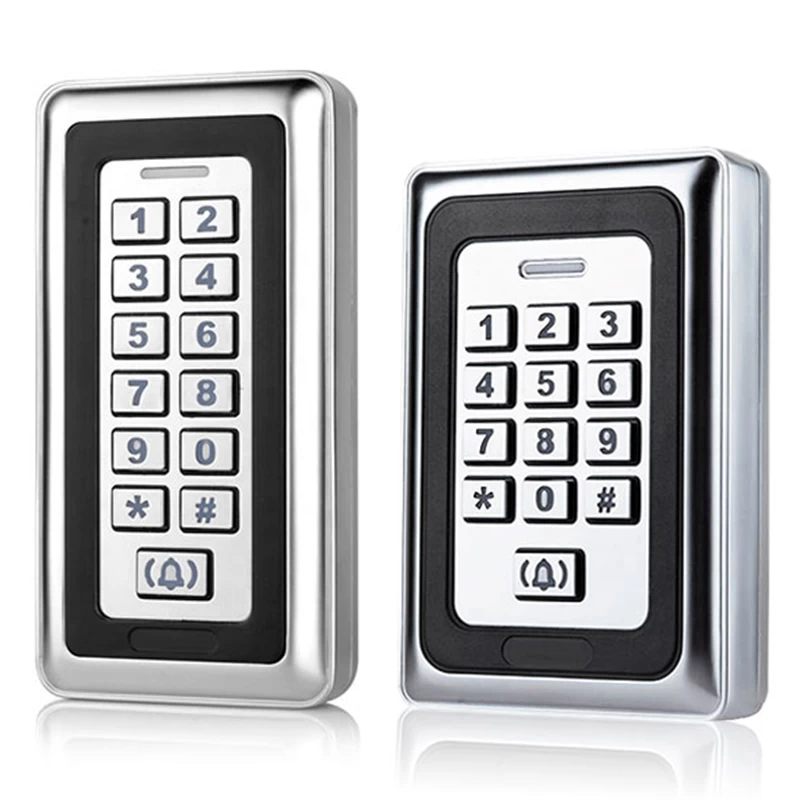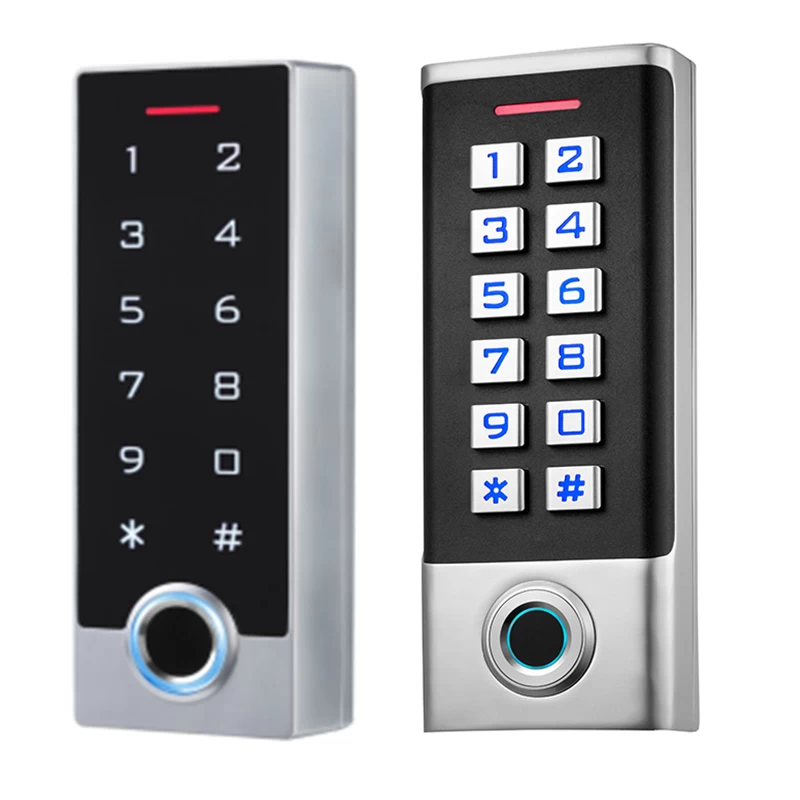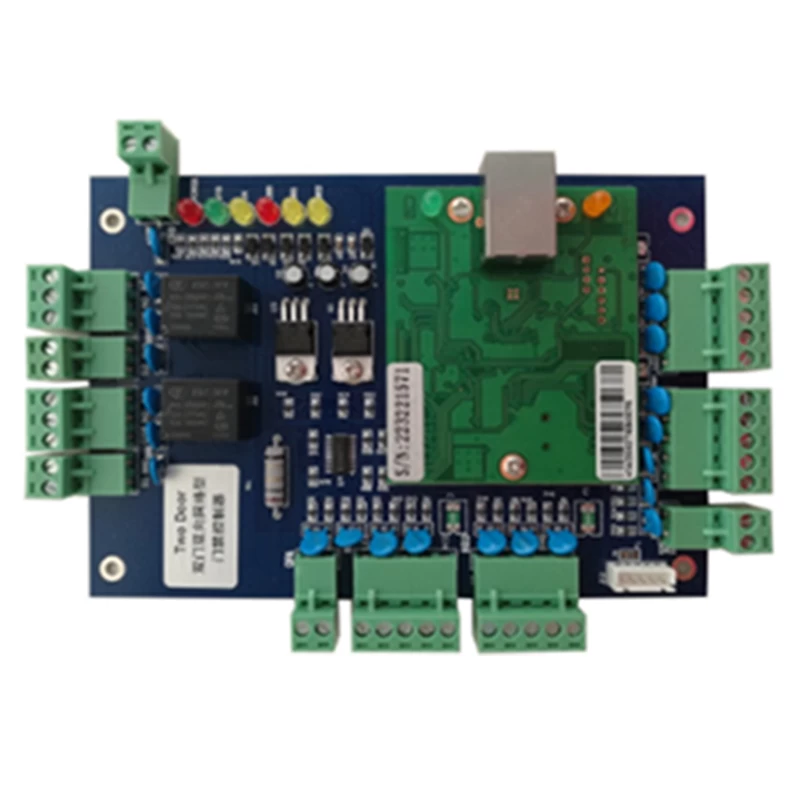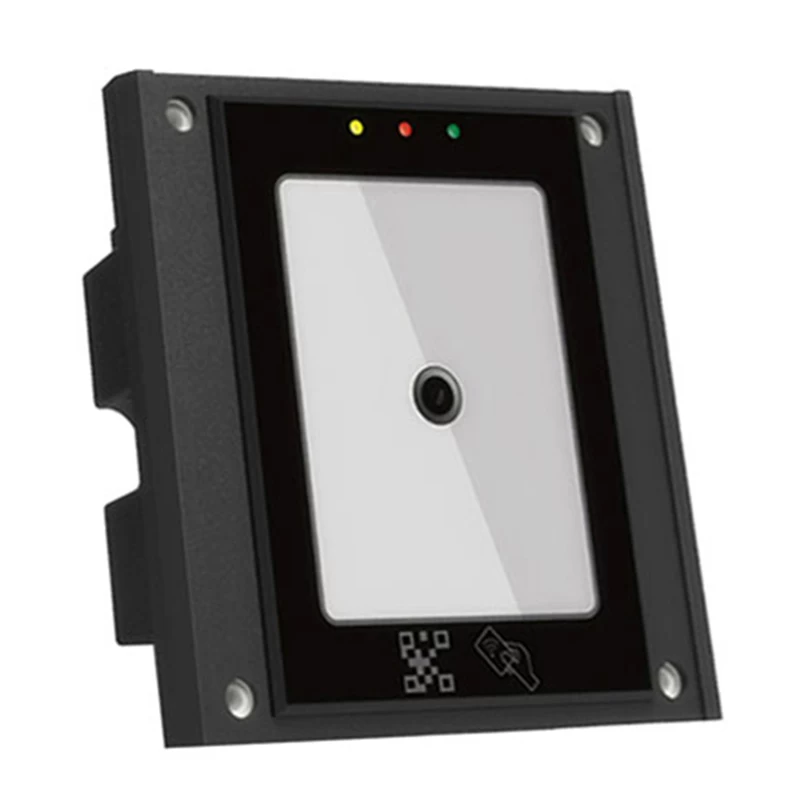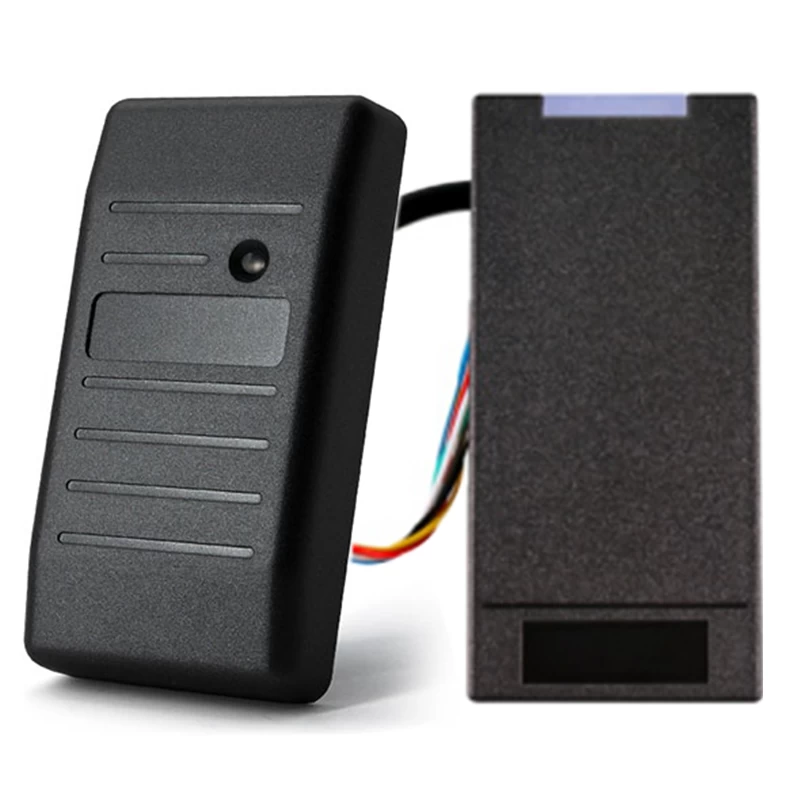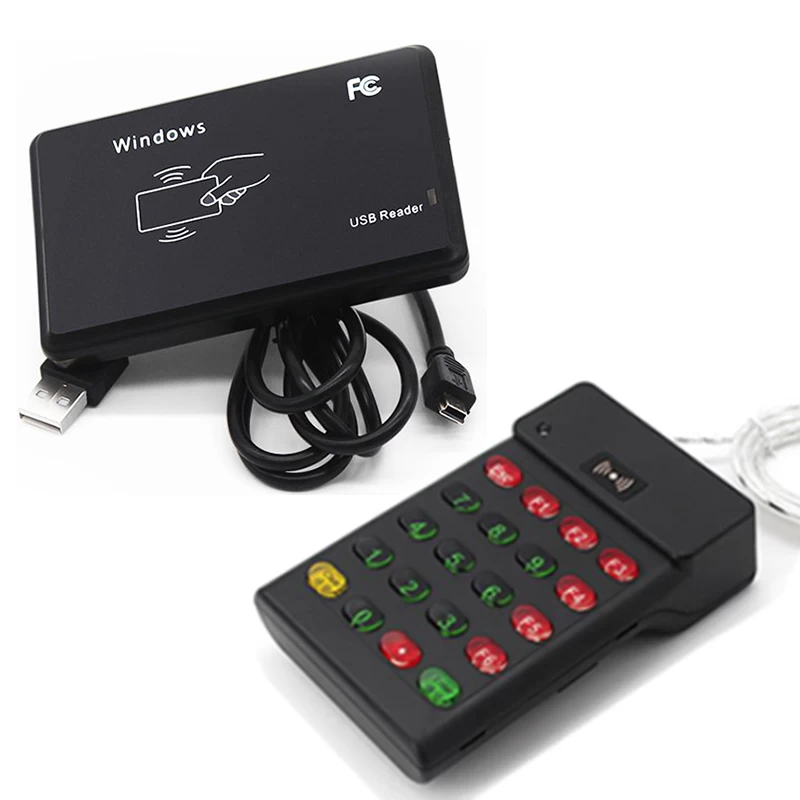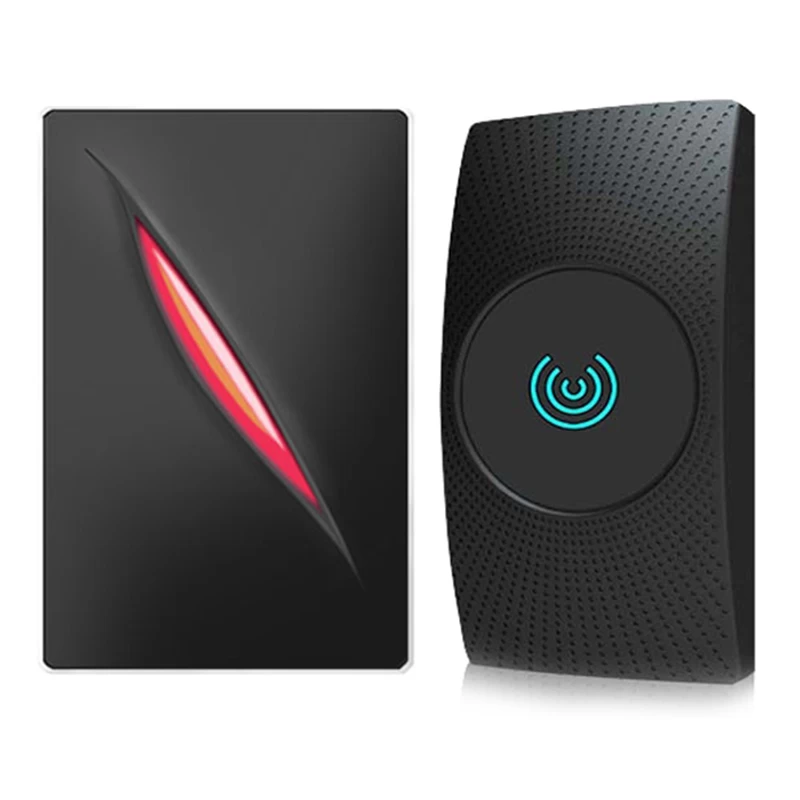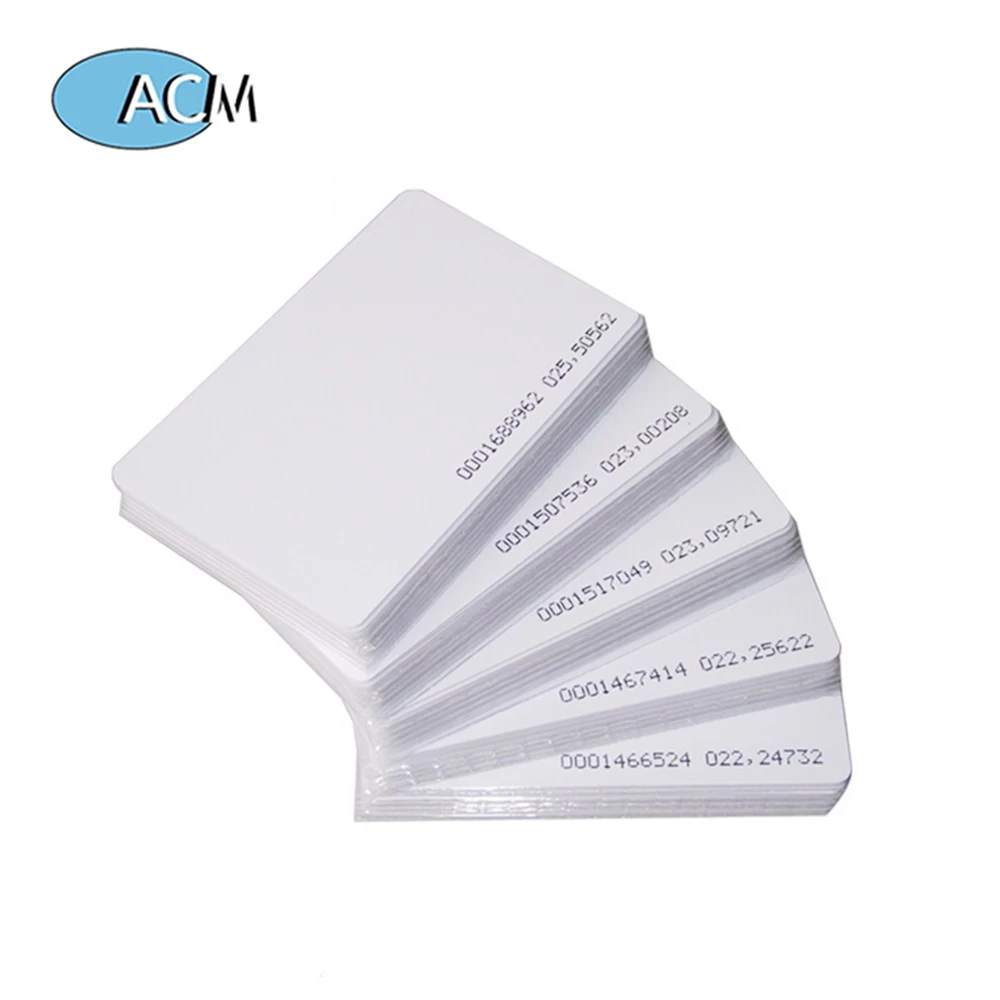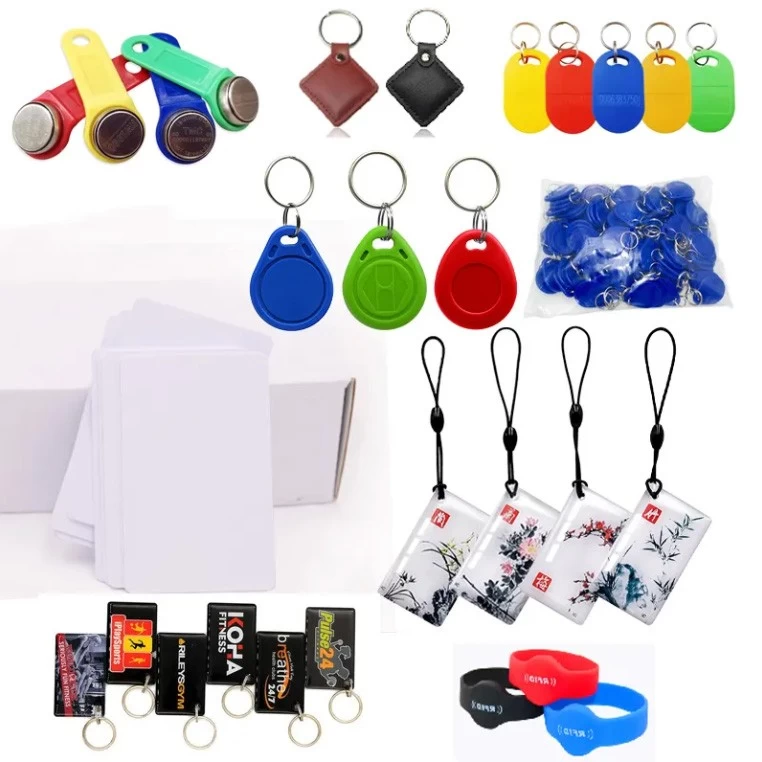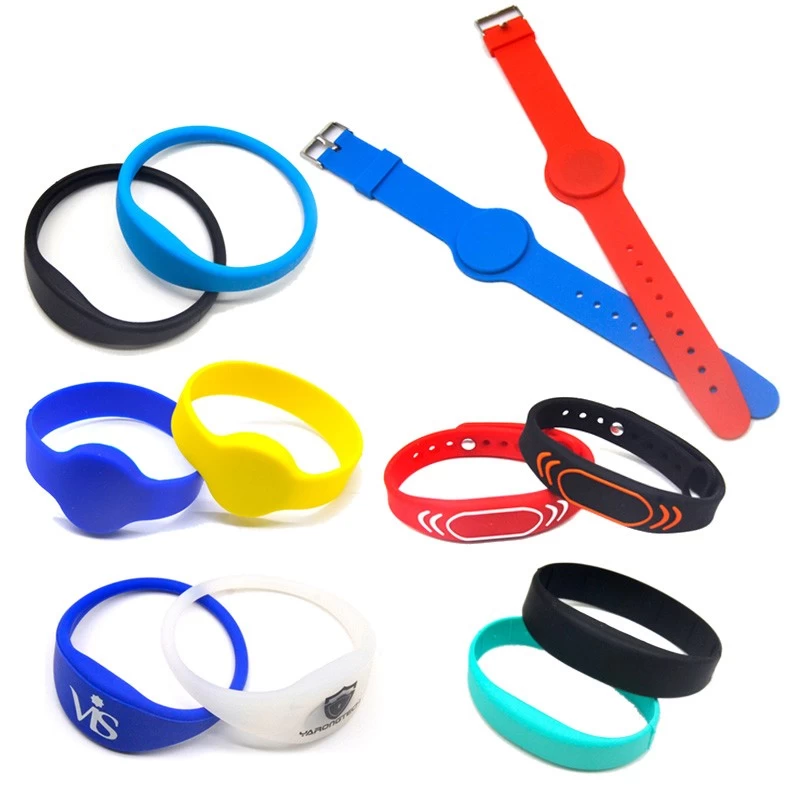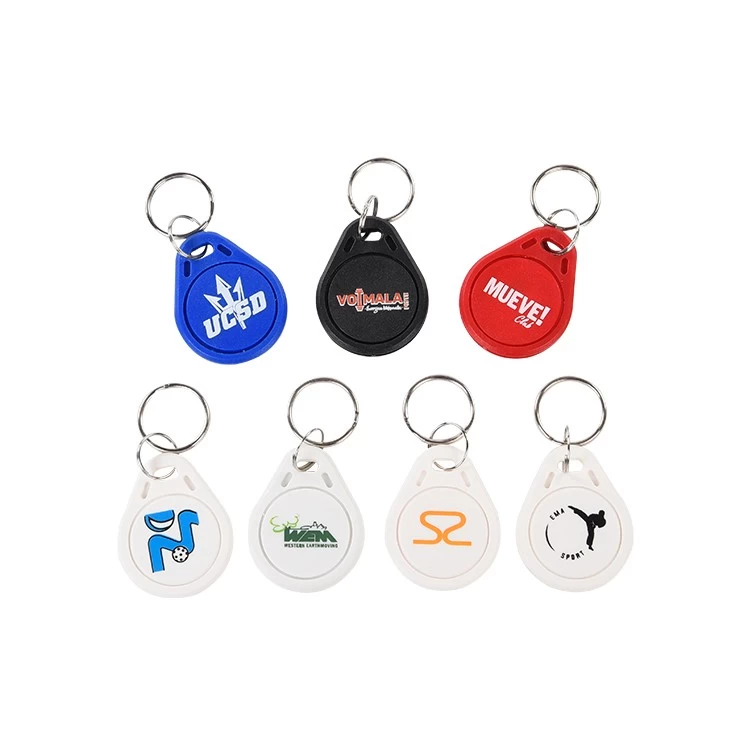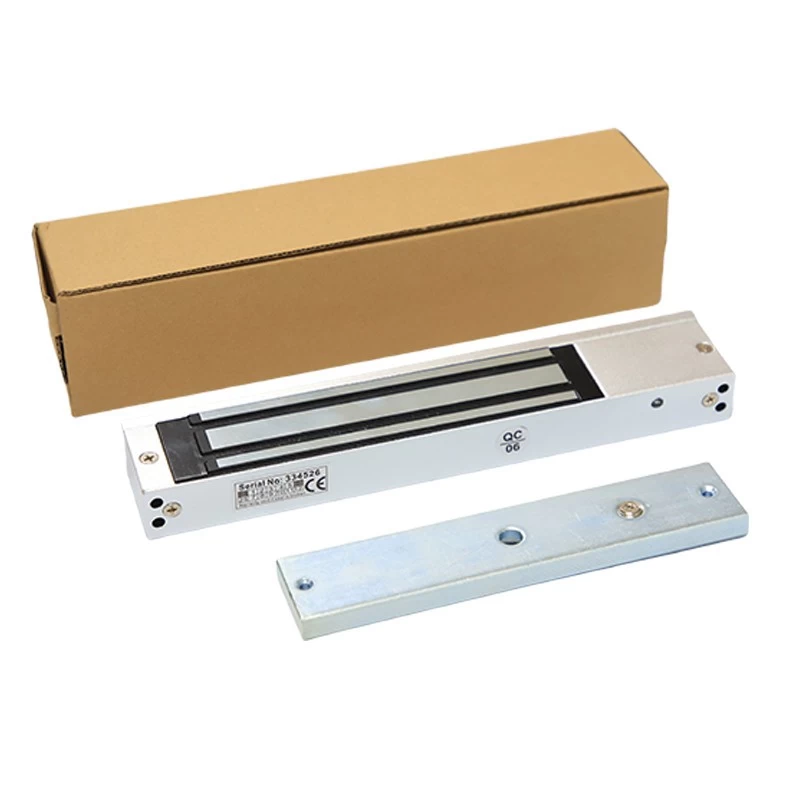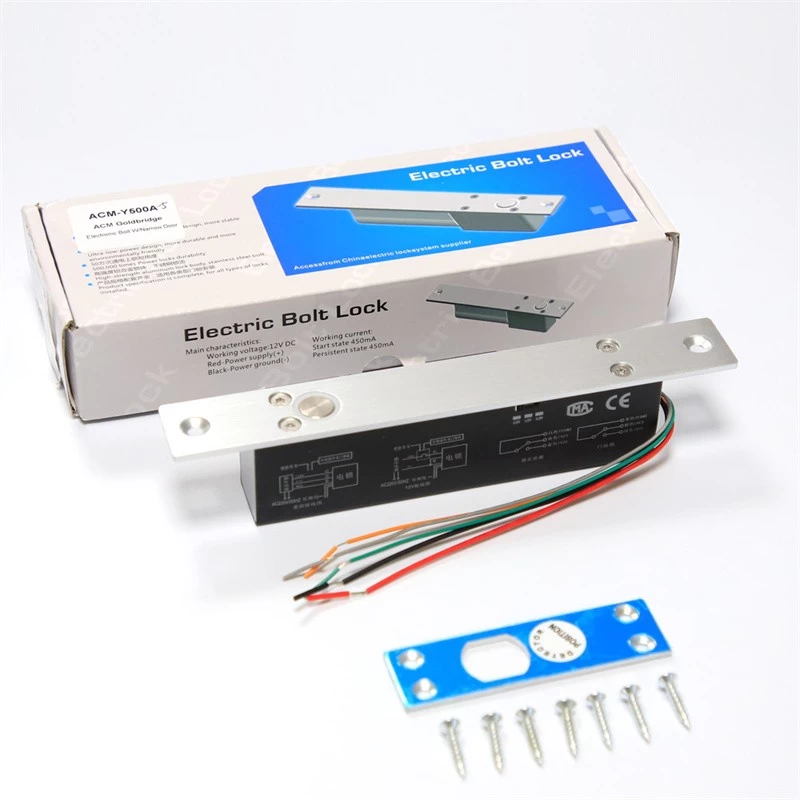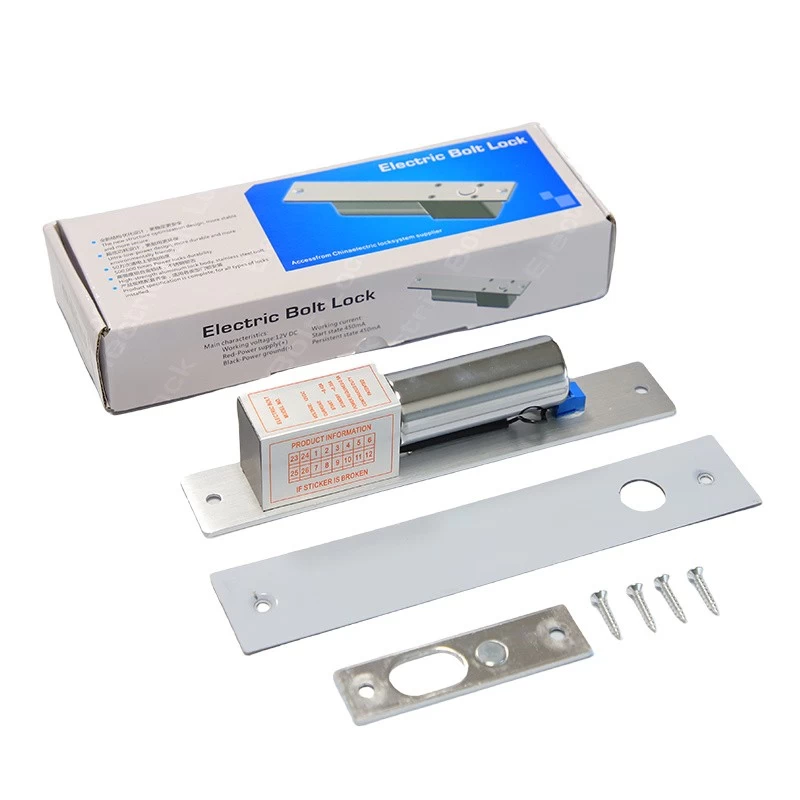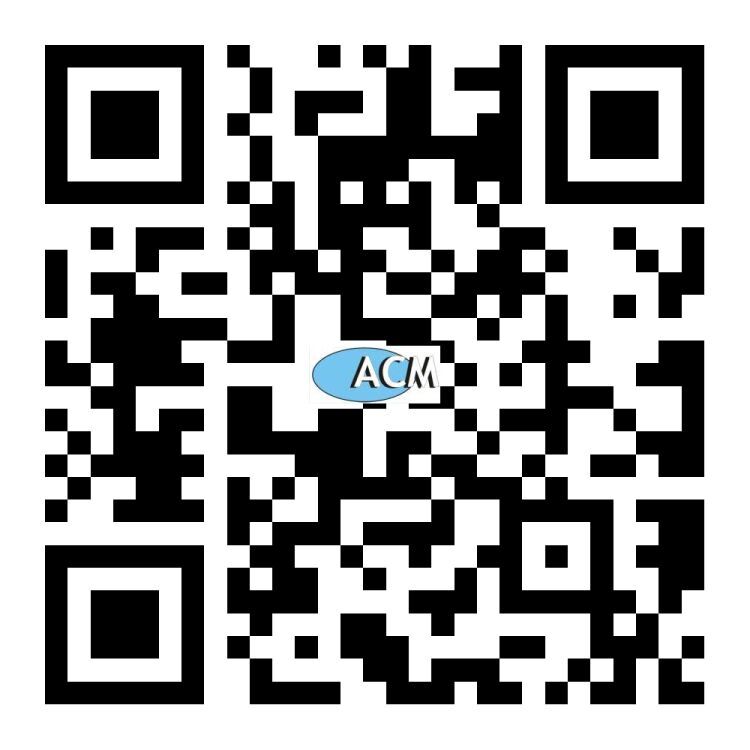What Are NFC Tags Used For? Exploring Their Versatile Applications
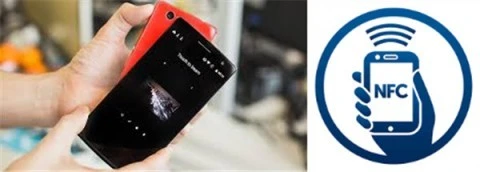
Near Field Communication (NFC) tags are small, wireless devices that store and transmit data when scanned by an NFC-enabled smartphone or reader. These tiny yet powerful tools have become increasingly popular due to their convenience and wide range of applications.
Common Uses of NFC Tags
-
Contactless Payments – NFC tags power mobile payment systems like Apple Pay and Google Wallet, allowing users to make secure transactions with a simple tap.
-
Smart Home Automation – They can trigger smart home devices, such as turning on lights, adjusting thermostats, or playing music when scanned.
-
Marketing & Retail – Businesses embed NFC tags in posters, product packaging, or business cards to provide instant access to websites, promotions, or customer reviews.
-
Access Control & Security – Offices and hotels use NFC-enabled keycards for secure entry, replacing traditional keys or codes.
-
Healthcare & Inventory Tracking – Hospitals and warehouses utilize NFC tags to monitor equipment, manage inventory, and store patient or product details efficiently.
Why Are NFC Tags Gaining Popularity?
-
Ease of Use – No need for pairing or manual input; just tap and go.
-
Cost-Effective – NFC tags are inexpensive and can be reprogrammed for multiple uses.
-
Energy Efficient – They don’t require batteries, drawing power from the scanning device.
As technology advances, NFC tags are expected to play an even bigger role in the Internet of Things (IoT), smart cities, and personalized consumer experiences. Whether for convenience, security, or innovation, these tiny tags are making a big impact.
Would you use NFC tags in your daily life? Let us know in the comments!


